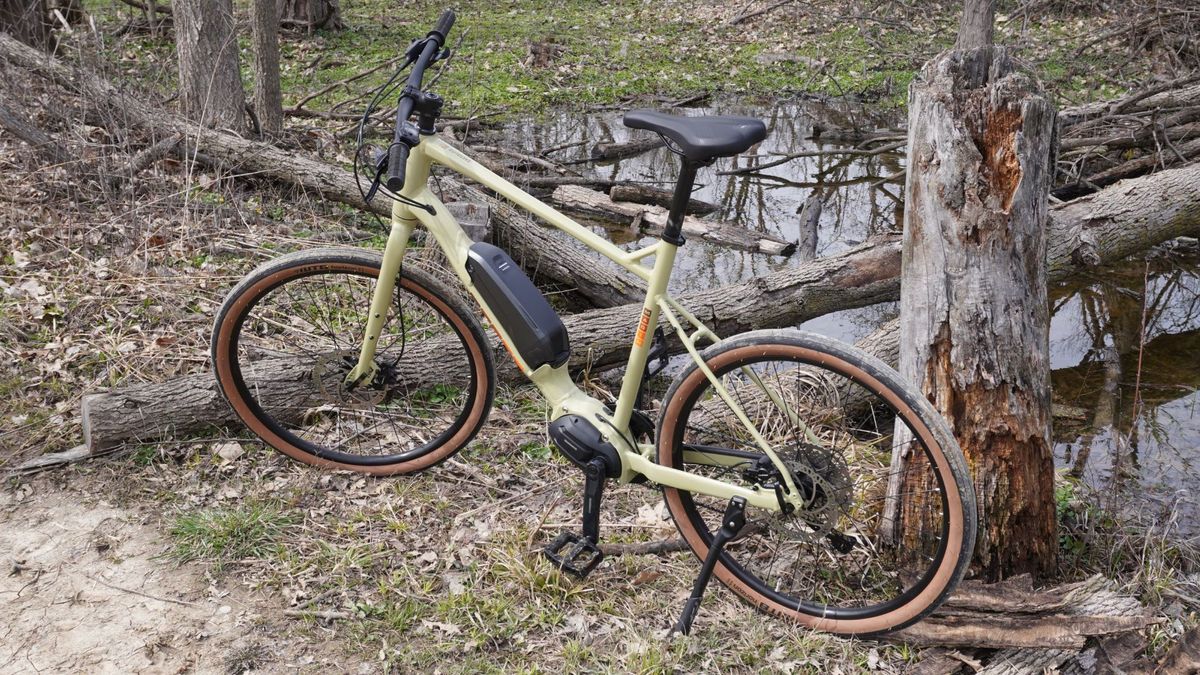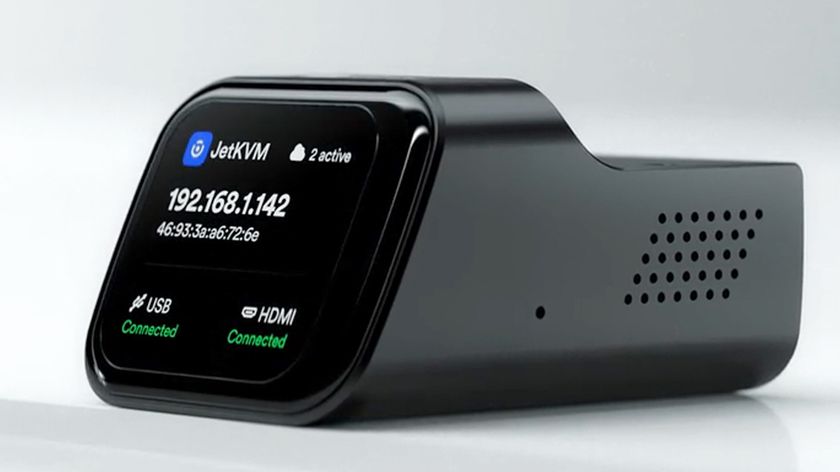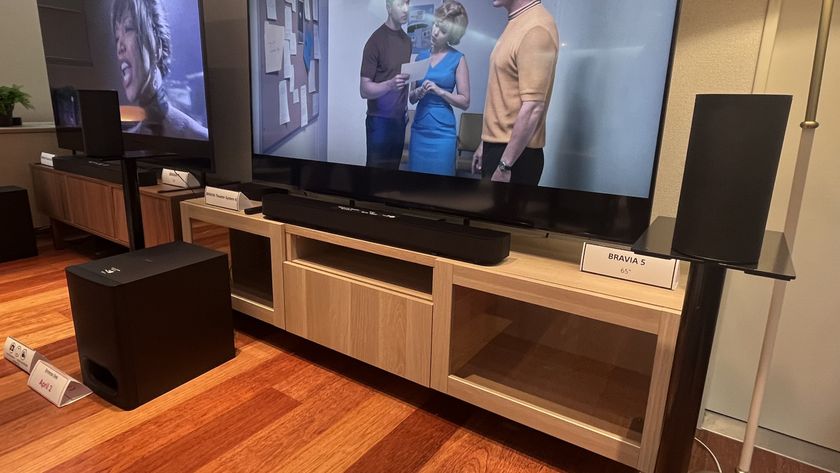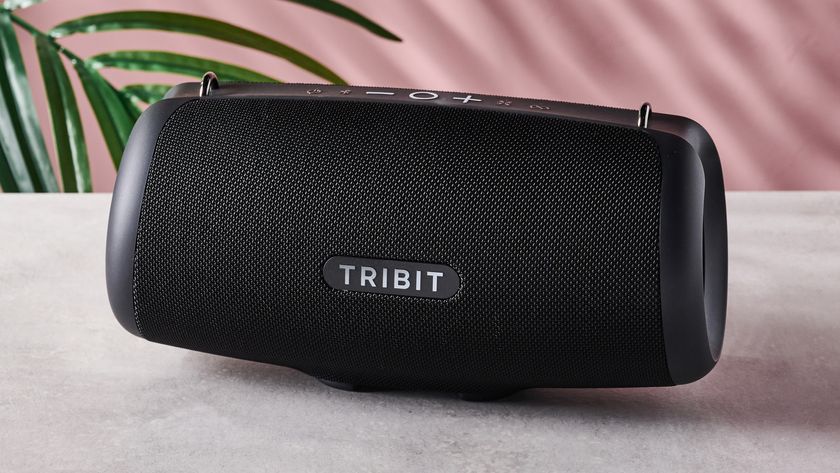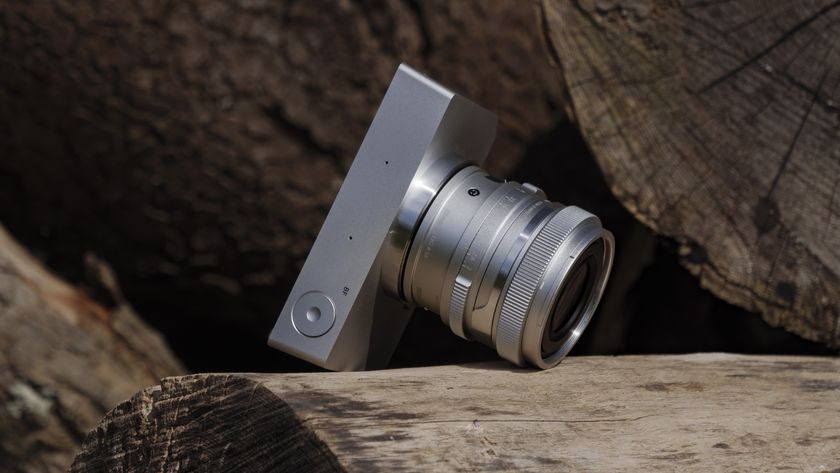TechRadar Verdict
The Marin Sausalito E1 brings the e-bike mid-drive to a lower price point without feeling like a budget barrel option. It’s still not cheap, but provides assistance for lengthy rides that still feel like a workout — just an easier one.
Pros
- +
Affordably priced mid-drive
- +
Solid build
- +
Accessory-ready
- +
Rides like a regular bike
Cons
- -
20mph assistance cap
- -
Could be lighter
- -
Non-ergo handgrips
Why you can trust TechRadar
Two-minute review
The Marin Sausalito E1 is an impressively affordable mid-drive e-bike, costing just $2,499 / £2,245 / AU$3,199 and stacked with premium components.
The Sausalito E1 fits somewhere in between a mountain bike and commuter bike with wide handlebars and smooth tires (not quite slick) that come thick at 650Bx47. The system rides well on the road, with comfort coming from both those thicker, lower pressure tires and a steel fork. The rest of the frame uses aluminum to help keep the weight down, but the bike still hits 44lb (20kg).
Weight: 20kg
Motor: 250W
Battery: 418Wh
Type: Class one
A good deal of the Sausalito E1's bulk comes from the Shimano Steps E5000 system and 418Wh battery pack. Together, these help you forget about the weight they add by providing up to 250W of power and potentially adding 200% more power to your pedalling. The system uses a fairly conservative torque sensor, so it never feels like the motor is doing all the work, but it’s clear when the bike is helping take some of the load off, especially when faced with a hill or headwind.
That said, the system insists you work alongside it, so you might go faster into a headwind or hill, but you'll still have to put in some effort.
The Marin Sausalito E1 lets you feel like you’re riding a bike, and not an electric moped. You can get a good exercise while you’re cruising along, and you can dial in the assistance setting to effectively decide how much cardio you want to get.
Even with the system maxed out, it’s possible to get exceptional range from the bike; we were able to go over 30 miles on a charge with a high level of assistance and still have a bit of charge left. With a 10-speed Shimano Deore drivetrain, you won’t get stranded with a bike that’s too hard to pedal if the battery does give up partway through a ride, either.
There are better options for speed demons, such as the $4,000 (about £3,000 / AU$5,500) Bluejay Sport or $3,750 / £3,000 / AU$6,000 Specialized Turbo Vado SL 4.0, but they command heftier price tags.
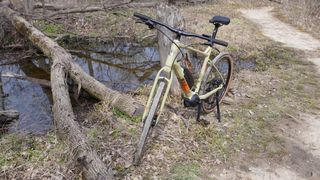
Meanwhile city riders who want a simple A-to-B ride have extra cheap options like the $1,049 (about £800 / AU$1,400) Ride1Up Roadster V2, but between the effective mid-drive system and the quality build of the bike, the Sausalito E1’s price still feels well justified.
The bike also manages to fit into a special niche. It’s good for the longer-range, sustained rides, possibly between neighboring towns. It may have some serious competition with the new Ride1Up Prodigy – a class 3 mid-drive e-bike that comes in $200 below the Sausalito E1.
Price and release date
The Marin Sausalito E1 received a 2022 model-year update, and it’s available worldwide for $2,499 / £2,245 / AU$3,199 for all four sizes.
Design
The Sausalito E1 puts some of Marin's mountain biking roots on display with a sloping top tube that makes almost a straight line with the seat stays, plus extra-wide handlebars. Its color scheme is composed of earthy tones too, but this is still a bike geared up for urban commuting.
On the tech side, you’ll find a 10-speed Shimano Deore drivetrain ready to provide a wide range of gears for climbing and cruising. That drivetrain is built around the Shimano Steps E5000 mid-drive system that uses torque sensing to amplify the effort coming in from the rider up to 200%. Shimano’s system is limited to 20mph pedal assist, making this a class one e-bike, and an expensive one at that.
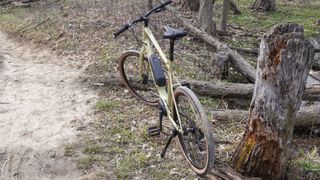
Marin has built the frame especially for this system. The bottom bracket is to fit the Steps 5000 motor and the downtube is slotted for the Shimano BT6010 418Wh battery, which can snap into place with a key lock. The specificity of the design may limit after-market upgrades down the line, but it comes with some fairly tidy internal cable routing through the downtube.
The display for controlling and monitoring the electronics is a tad basic, with a somewhat chunky plastic housing and simple monochrome LCD display that’s thankfully backlit.
The bike frame feels sturdy. It has a somewhat flexible aluminum construction, but it never feels like it’s bending out of shape. The front fork is steel for better shock absorption, but as the expense of a little extra weight. Overall, the bike feels a little on the tankier side, and that’s matched by its heavier weight at 44lb / 20kg for the XL model. The bike comes in four sizes to accommodate riders from 5’2” to 6’4”, and there’s a step-through model as well.
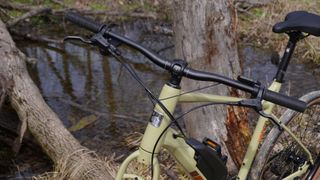
Marin has fitted the Sausalito E1 with wide, bump-flattening 650Bx47 WTB Horizon tires that continue to give the bike its hybrid mountain-bike feel, though they’re slicker than anyone going off-road is likely to want. The wheels come to a stop with capable Tektro hydraulic disc brakes.
Comfort is nailed home with Marin’s custom saddle, which isn’t overly plush or wide but provides a nice cushion ready for long rides in casual clothing. The Marin Adventure handlebar grips leave a little to be desired though, as their lack of ergonomics can wear on the wrist.
For those who like a fully-loaded bike, the Sausalito E1 comes prepared for plenty of aftermarket add-ons with eyelets and braze-ons galore ready to handle rear and front racks, fenders, and a seat-tube-mounted water bottle cage. None of these items are included, though the bike comes with a kickstand for those who like them.
Performance
Whereas many e-bikes are designed to sprint, the Marin Sausalito E1 is more of a long-distance runner. We suspect the 250W Shimano mid-drive motor and its 40Nm of torque should be more than enough muscle to provide more assistance or hit greater speeds, the system is limited to support riding up to 20mph. Rather than being about providing free speed for the riding, this system is about amplifying the input.
Pushing hard on the pedals sees the motor provide more assistance while light pedaling isn’t going to have the motor take over the show and cruise the bike along. The Steps 5000 system is built to provide a 200% boost to the rider at a maximum. We certainly felt the system taking a load off our legs when it was active, though we didn't notice it as plainly when in the lower power settings.
Given some of the subtlety of the power coming out of this motor, it really ends up feeling just like riding an analog bike. It behoves us to shift down (snappily achieved with the Deore system) into a lower gear when we’ve got a stop coming up, as the motor isn’t simply going to pull us out of a stop light in a high gear without plenty of effort on our part as well. Meanwhile, we have to shift into higher gears when we want to get going fast, as the system doesn’t provide a ton of support if we’re pedalling at a high cadence without actually applying a lot of pressure.
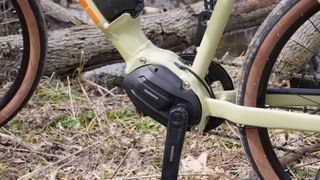
Because the system is only amplifying our output and not truly doing a ton of work for us, the bike ride ends up being more of a workout. This has its ups and downs. When we’re facing a steady headwind for five miles straight, we’ve still got to put our share of the effort in. Maybe we get to go 15mph instead of 10mph, but the Sausalito E1 isn’t going to just let us cruise into that wind at 20mph without asking us to break a sweat, too. Riders who enjoy getting a workout during their commute or two-wheeled adventures will be pleased to find they can still get it here, though enjoying either a slightly easier workout, a softening of little challenges (hills/wind), or just faster speed throughout it all.
There’s nothing for the speed demons here, though. The bike can go above 20mph, but once you break that barrier, the motor cuts out and it's all down to you. We managed it a few times on our rides, but after enjoying comfortable assist up to 20mph, the sudden drop off felt a little like getting caught by a headwind. Once we’re pushing into those higher speeds, the motor wasn't seemingly working against us in the way we’ve felt a lot of rear-drive systems do, but the weight of the bike wasn't doing us any favors either.
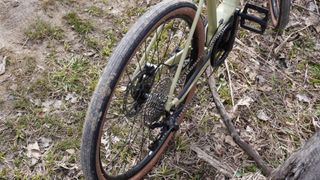
So it’s back to 16-20mph, which the bike is happy to maintain for a long way. Since we’re required to do some work consistently, the bike’s never just sucking juice out of the battery to do all the work, and that gives the system some great range. After 30 miles of riding at mostly higher assistance levels, the bike suggested it could run for five more miles in its highest mode, and that stretches even further at lower assist settings. It’s a respectable range from a 418Wh battery, and could likely be pushed much further with lower levels of assistance.
All that cruising is brought to an easy stop with plenty of power from the brakes to stop in a single car length and enough traction in the wheels to do so without dramatic skidding even for a 220lb rider.
First reviewed April 2022
Also consider
Specialized Turbo Vado SL
Another excellent class one e-bike, but one that's far lighter and better suited to threading through city center traffic on your daily commute.
Read our full Specialized Turbo Vado SL review
Bluejay Sport
A super practical mid-drive electric bike that's fully kitted out for multi-terrain riding, but carries a higher price tag than the Marin Sausalito E3.
Read our full Bluejay Sport review
Buy it if
You want a quality, affordable mid-drive bike
There are few mid-drive systems on the market that come at this low of a price, and Marin has constructed its option quite well. It doesn’t leave much to worry about in terms of build quality, and it’s not coming from an upstart brand with questionable warranty and service coverage.
You don’t want an e-bike that does all the work
Cycling is fun and a great way to get some cardio on your way around town, and the Sausalito E1 does a good job just assisting your efforts without making your ride completely effortless.
Your prefer a mountain bike to a road bike
The Marin Sausalito E1 may be built for the road, but it leans toward mountain bike in some of its geometry, especially the handlebars. If you prefer the wider grip and thicker tires, you’ll get them here.
Don't buy it if
You want to fly down roads
The Marin Sausalito E1 isn’t going for max speeds, and it can even struggle to reach its top speed if there’s sufficient gradient or wind. So if you love to zoom, you might want something lighter that you can push faster or a class three option.
You like weaving through traffic
The Sausalito E1 is fairly nimble, making it easy to maneuver, but it’s no narrow city bike that’ll thread the needle in city traffic. The handlebars are especially problematic for getting between tightly packed vehicles.
Over the last several years, Mark has been tasked as a writer, an editor, and a manager, interacting with published content from all angles. He is intimately familiar with the editorial process from the inception of an article idea, through the iterative process, past publishing, and down the road into performance analysis.
